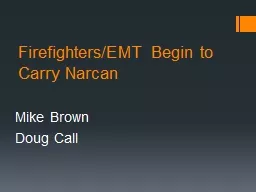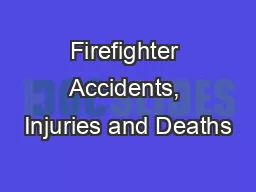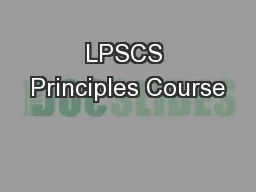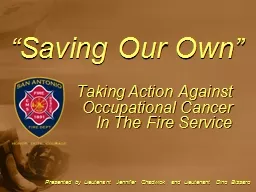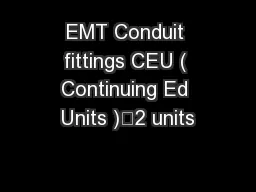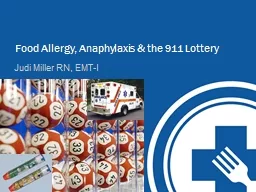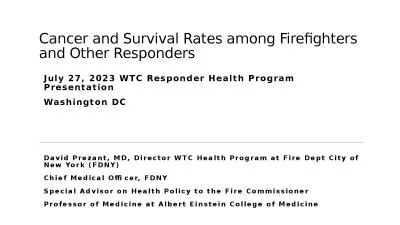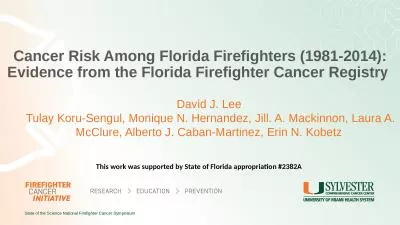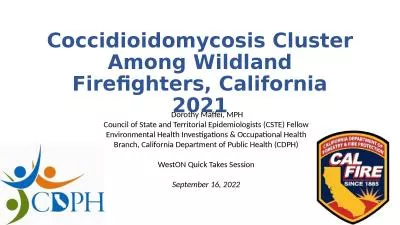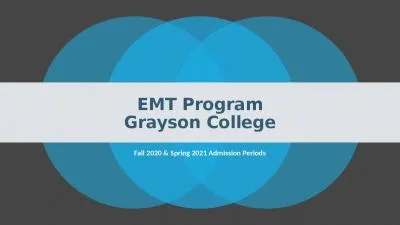PPT-Firefighters/EMT Begin to Carry
Author : cheryl-pisano | Published Date : 2018-10-07
Narcan Mike Brown Doug Call Clinical Perspective Handling 5000 patients one patient at a time Daniel C Roth DO MBA MS Summit Pain Management Fort Wayne Indiana
Presentation Embed Code
Download Presentation
Download Presentation The PPT/PDF document "Firefighters/EMT Begin to Carry" is the property of its rightful owner. Permission is granted to download and print the materials on this website for personal, non-commercial use only, and to display it on your personal computer provided you do not modify the materials and that you retain all copyright notices contained in the materials. By downloading content from our website, you accept the terms of this agreement.
Firefighters/EMT Begin to Carry: Transcript
Download Rules Of Document
"Firefighters/EMT Begin to Carry"The content belongs to its owner. You may download and print it for personal use, without modification, and keep all copyright notices. By downloading, you agree to these terms.
Related Documents

